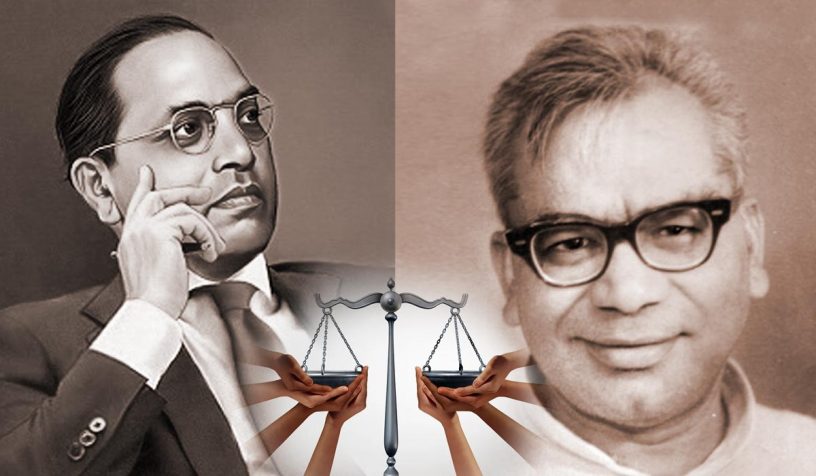
This paper adds to the ‘Dalit feminist standpoint’ by introducing it to the ideas of a prominent non-Dalit social leader Ram Manohar Lohia, who had spoken against the crippling effects of the caste-class-gender-race nexus.
Author
Anurag Bhaskar, Assistant Professor, Jindal Global Law School, O.P. Jindal Global University, Sonipat, Haryana, India.
Summary
Dalit women face acute marginalization as a result of multiple and intersecting inequalities in terms of caste and gender. This is reflected adversely in their less representation, lower literacy and life expectancy levels, and other human indicators, compared to upper caste women.
Focus on these multiple forms of marginalization has been missing from the mainstream anti-caste and gender equality discourse and has led to a rise of Dalit feminism. Despite the emphasis on the nexus between caste and gender by equality icon Dr. B.R. Ambedkar, reactions to the emergence of Dalit women’s movement as distinct from the mainstream upper caste-class led women’s movement and male dominated autonomous Dalit movement have been ‘notoriously negative’.
However, the Dalit women’s movement must be seen as giving a fresh perspective to their struggles and experiences.
This paper critiques the Dalit movement as well as the feminist movement, and adds to the ‘Dalit feminist standpoint’ by introducing it to the ideas of a prominent non-Dalit social leader Ram Manohar Lohia, who had spoken against the crippling effects of the caste-class-gender-race nexus. This paper envisions a broader social justice agenda by reading the ideas of Ambedkar and Lohia together.
Published in: CASTE: A Global Journal on Social Exclusion
To read the full article, please click here


